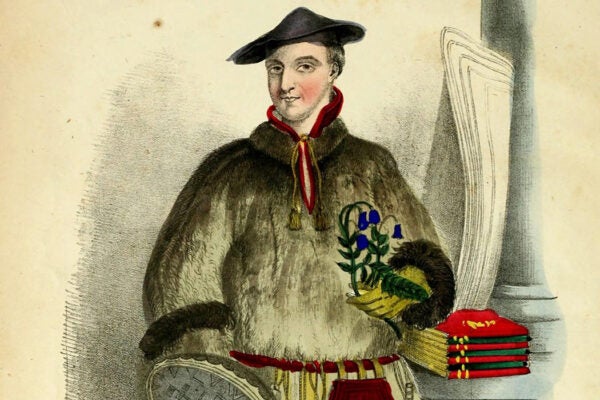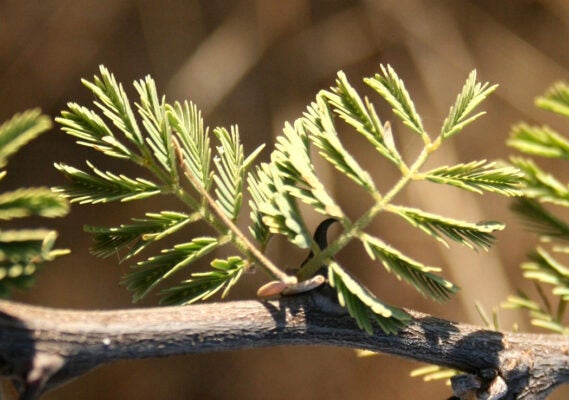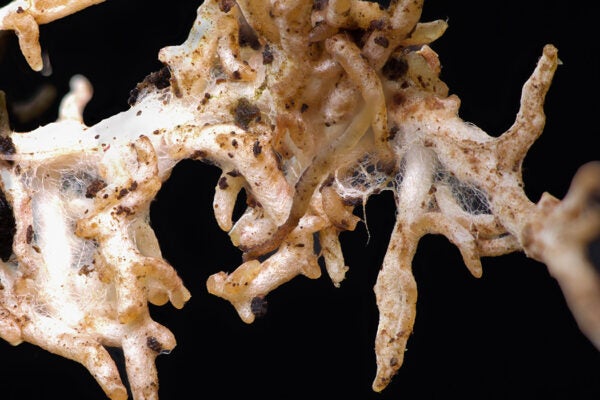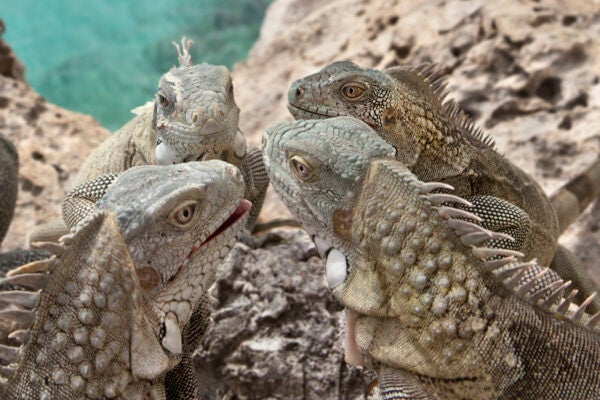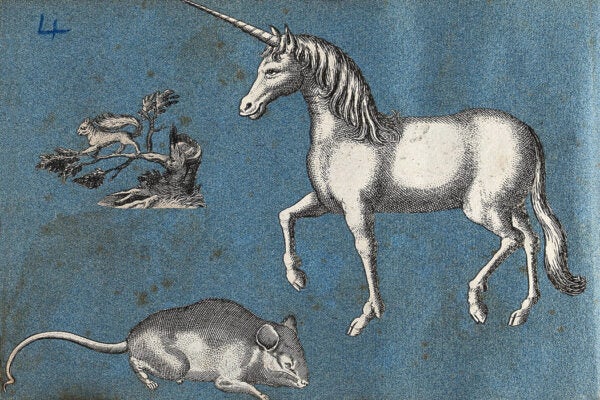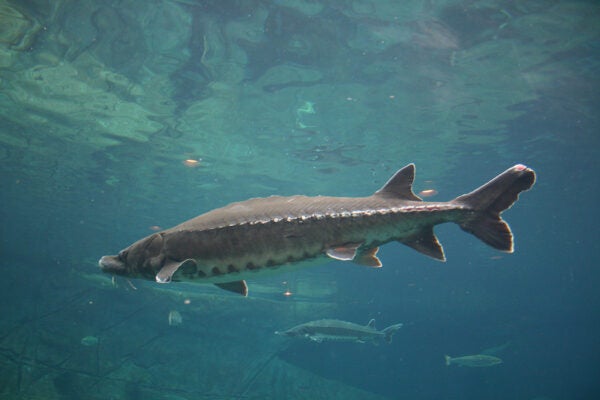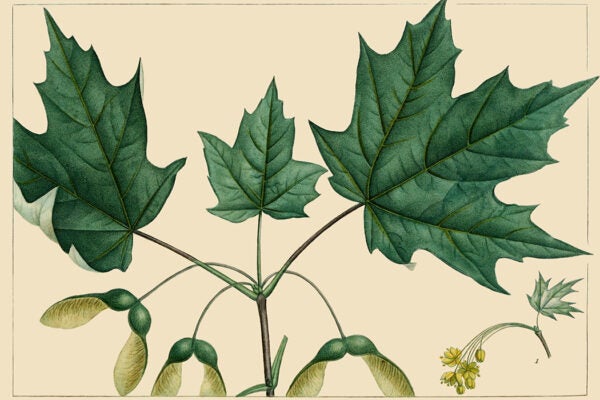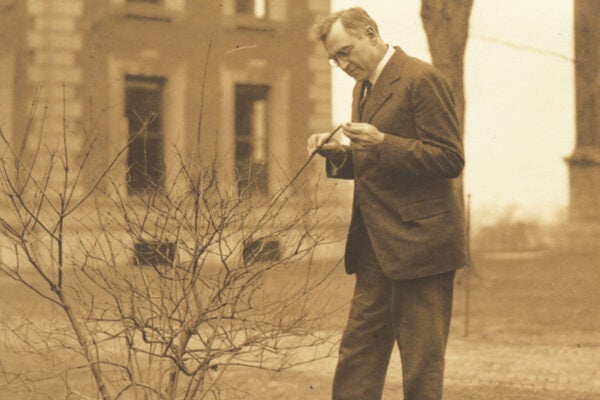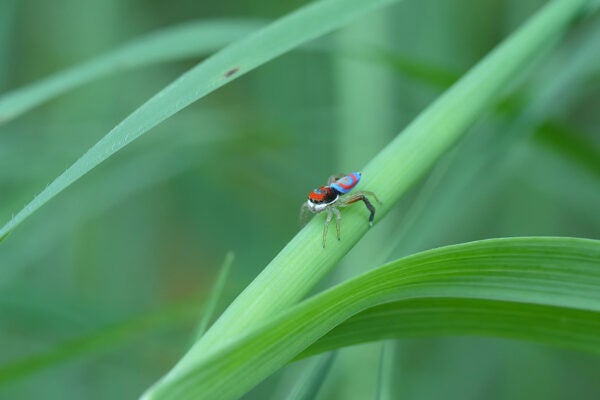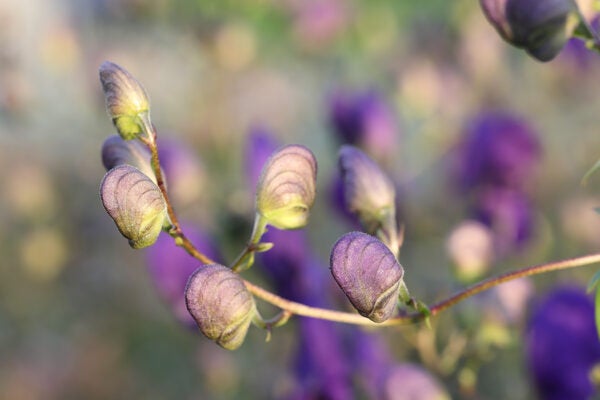Was Carl Linnaeus Bad at Drawing?
Linnaeus has often been thought of as a poor artist, but visualization was a core element of his analytical tool set.
Acacia: A Legacy of Artistry and Extraction
The thorny Acacia tree produces gum arabic, a versatile substance that’s been driving global trade for centuries.
The Fungi in the Carbon Jigsaw
Out of sight, below the soil’s surface, fungi play a vital role in the existence and health of our forests, woodlands, jungles, and prairies.
The Reptilian Renaissance
Think reptiles like crocodiles and caimans are slow learners? It’s probably because you’re human.
The Undying Unicorn
What role could a mythical animal play in our lives—centuries after its existence came into question?
Atlantic Sturgeon Were Fished Almost to Extinction
Ancient DNA reveals how the Chesapeake Bay population changed over centuries.
Tradition in Turmoil: Sugar Maple and Climate Change
With harvests dependent on the spring freeze-thaw cycle, the maple industry is seeking ways to mitigate damage wrought by a changing climate.
He Spoke for the Trees (and Also the Soil)
A champion of agroforestry, J. Russell Smith argued for the restoration of forests as key to sustainable agriculture in his seminal work Tree Crops.
Tiny Splendid Peacock Spiders
They have the fastest known jump among their kind according to a new study.
Wolfsbane: A Poisonous Beauty
With a complex history related to hunting, magic, and madness, wolfsbane offers a glimpse into vernacular plant names and their associations with animals.
